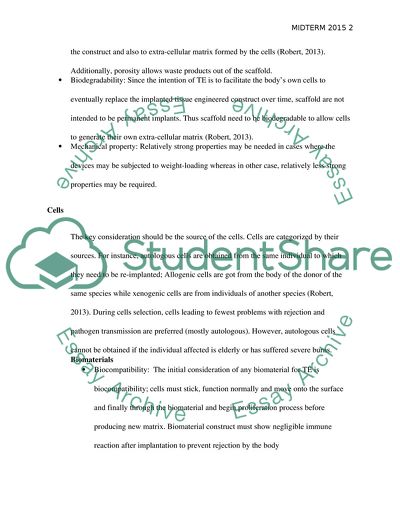Midterm Essay Example | Topics and Well Written Essays - 500 words - 11. Retrieved from https://studentshare.org/miscellaneous/1689545-midterm
Midterm Essay Example | Topics and Well Written Essays - 500 Words - 11. https://studentshare.org/miscellaneous/1689545-midterm.


